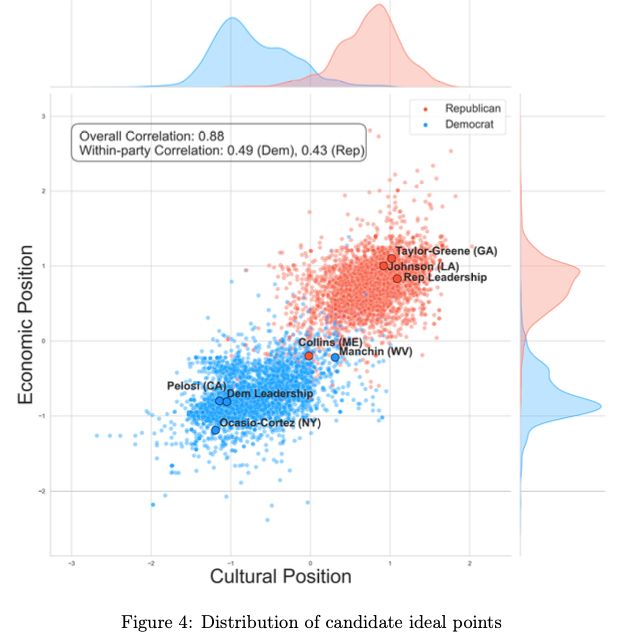Political Economy | Environmental Economics | Empirical Industrial Organization
https://nicolaslonguetmarx.github.io/
N/N
N/N
18/N

18/N
17/N

17/N
16/N
16/N
15/N

15/N
14/N
14/N
13/N
13/N
12/N
12/N
11/N
11/N
10/N

10/N
9/N
9/N
8/N

8/N
7/N

7/N
6/N

6/N
5/N

5/N
4/N


4/N
2/N
2/N

